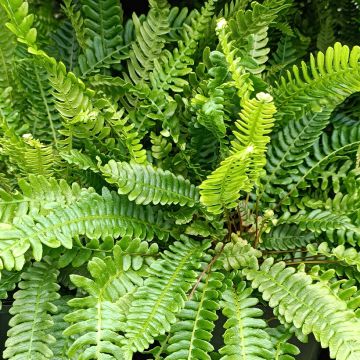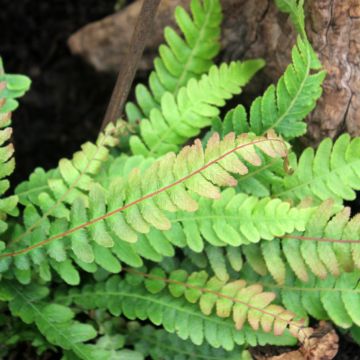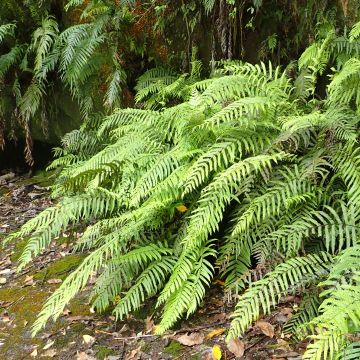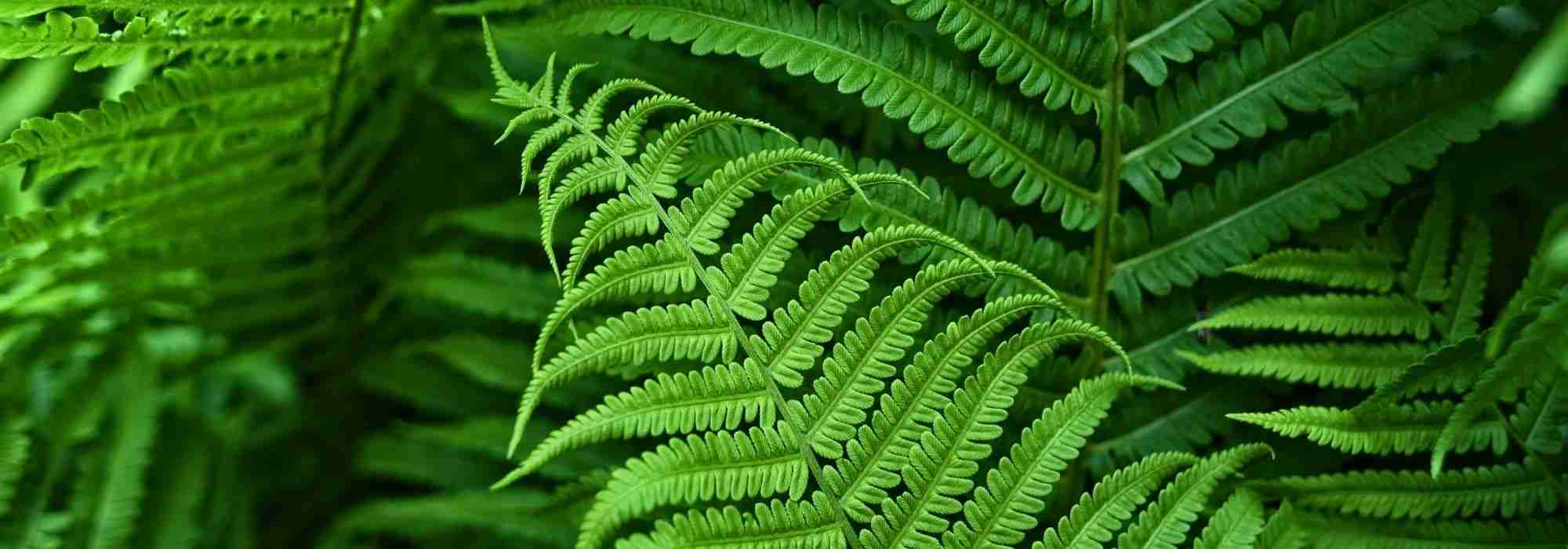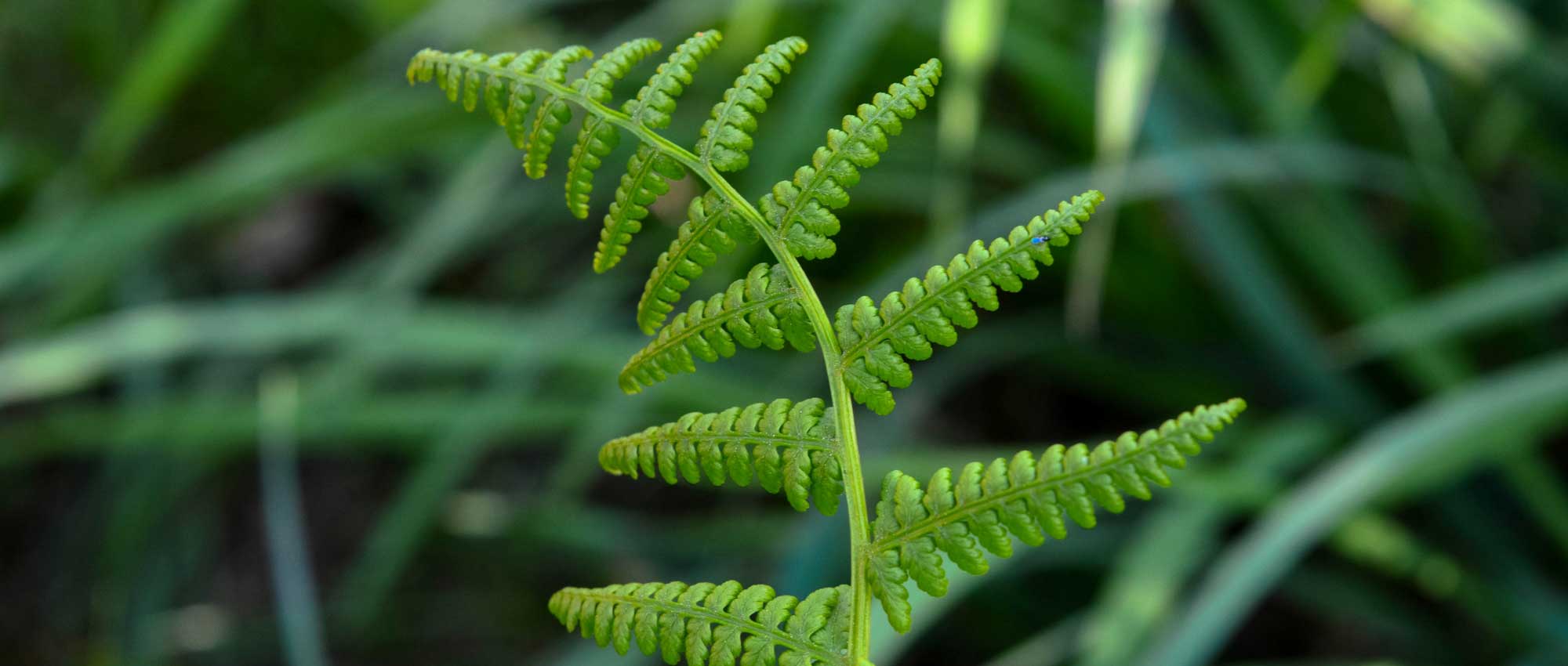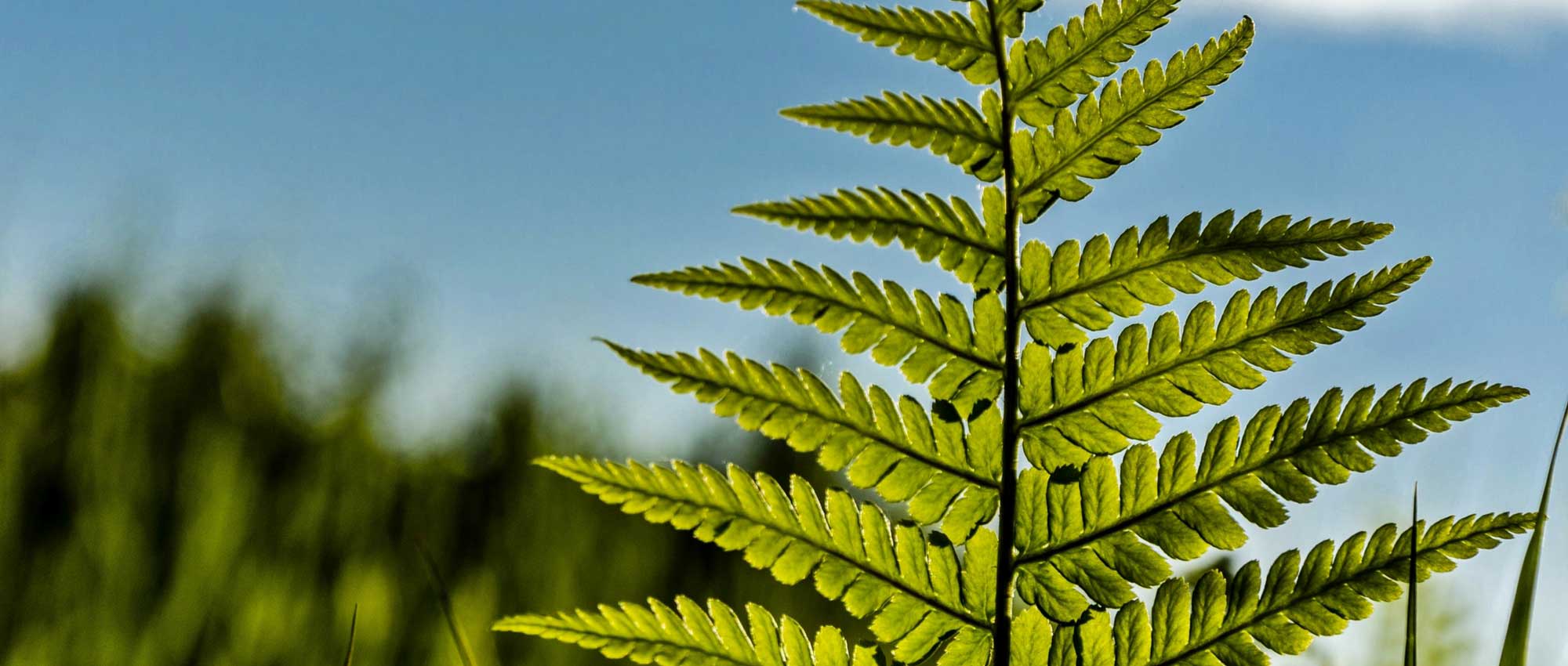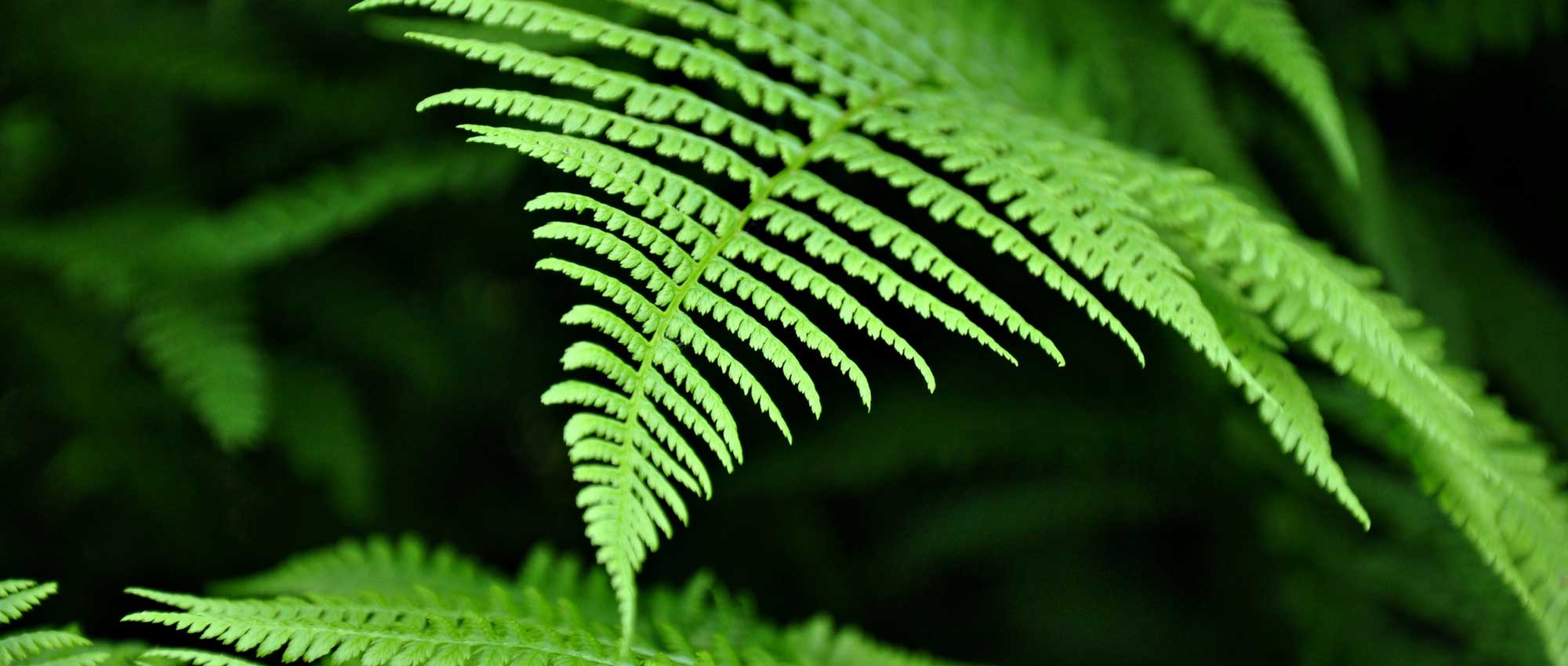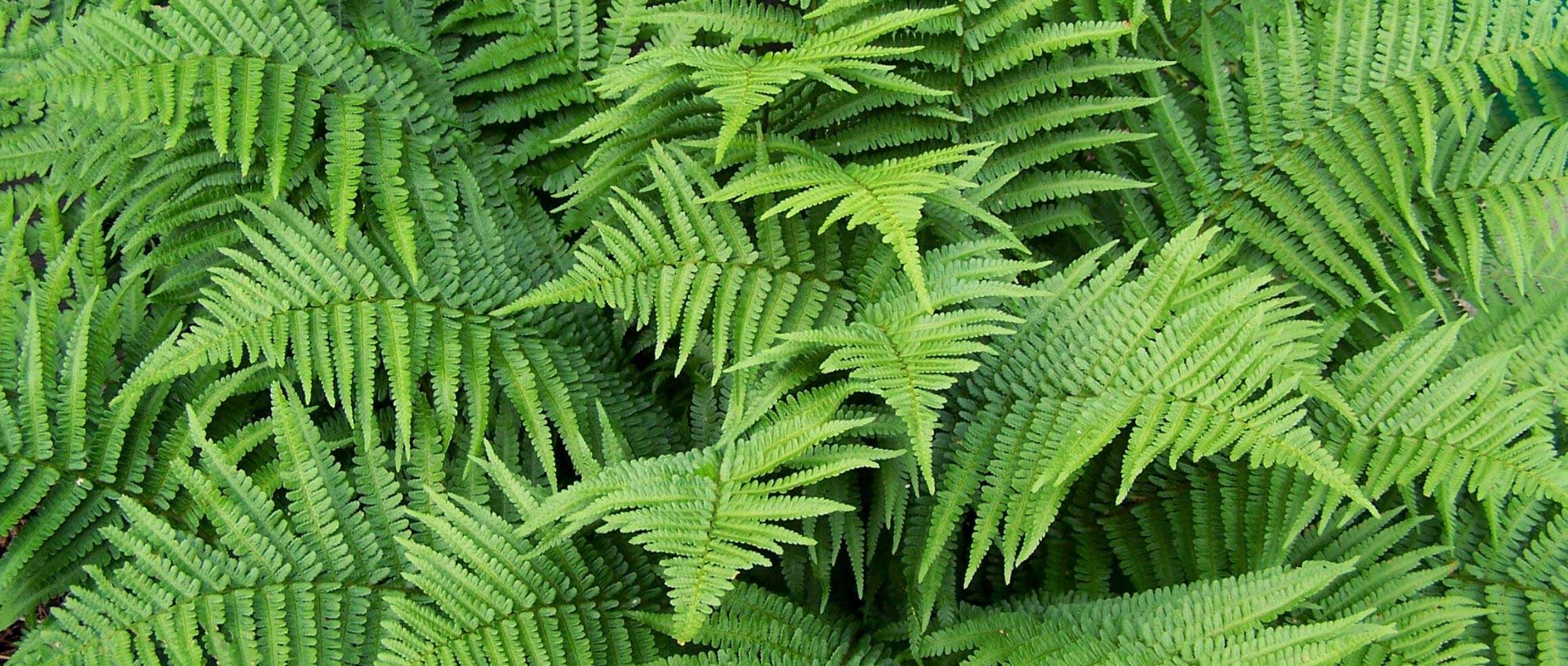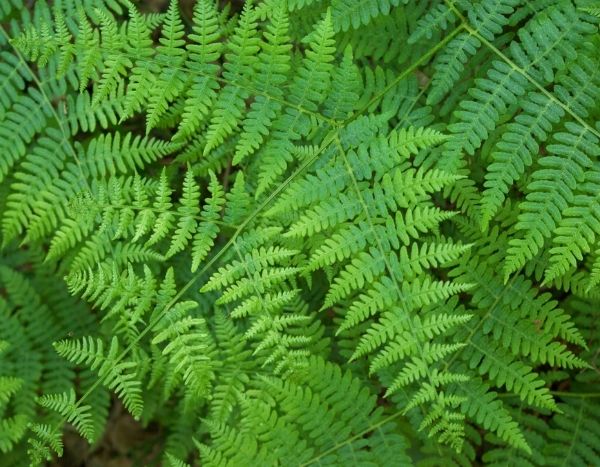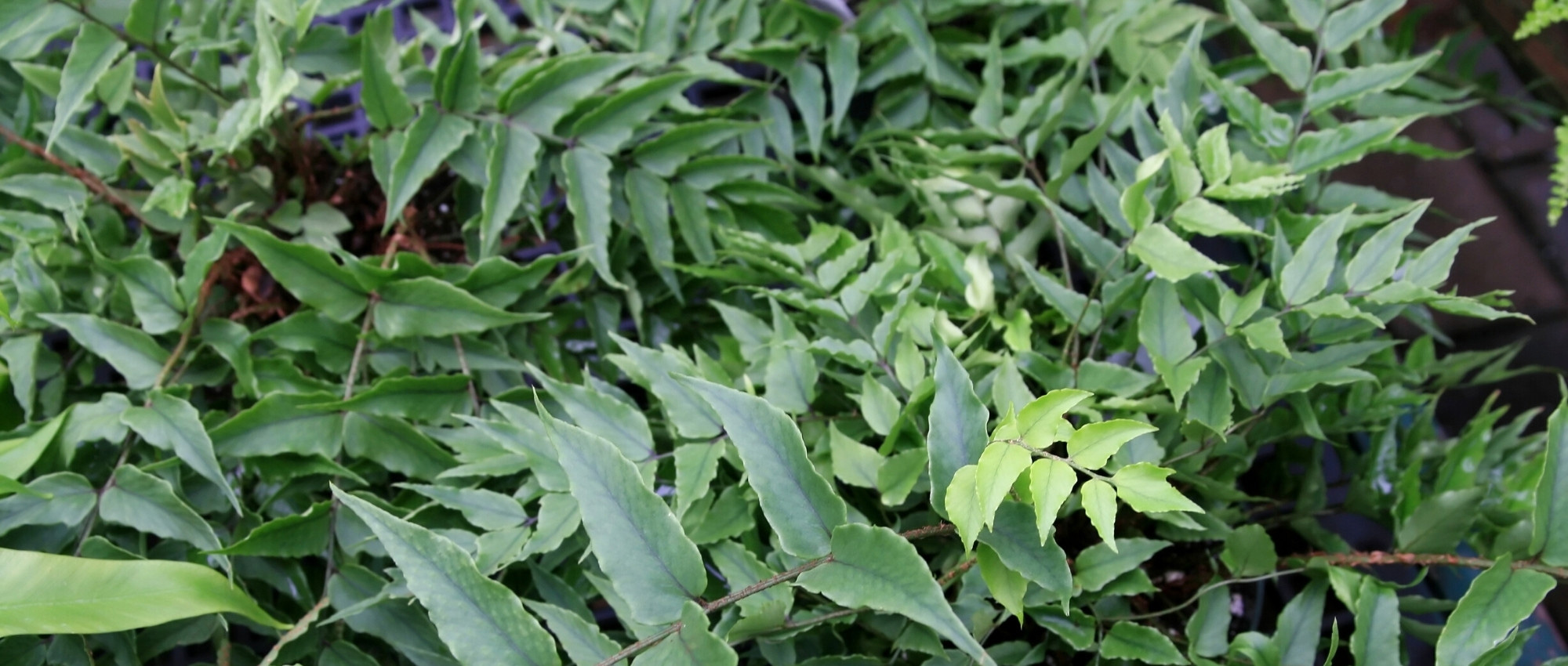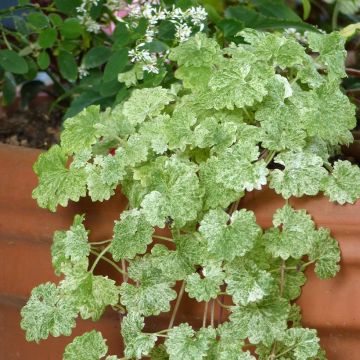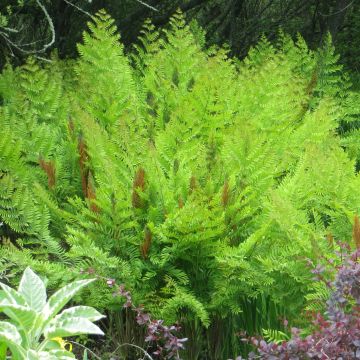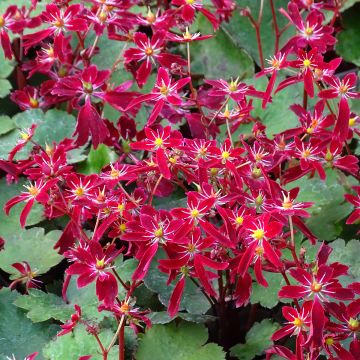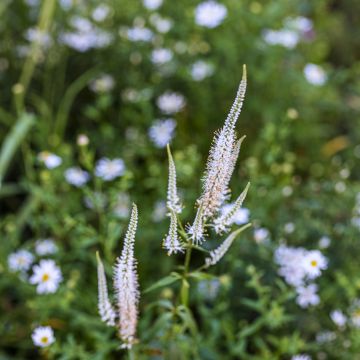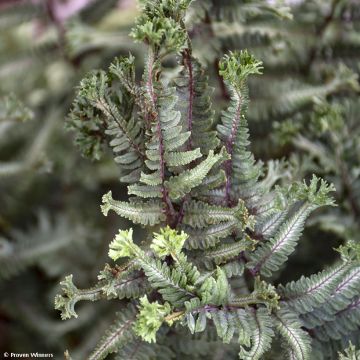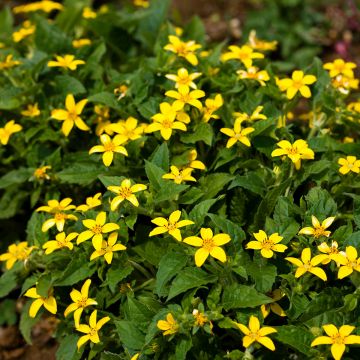

Blechnum penna-marina - Alpine Water Fern
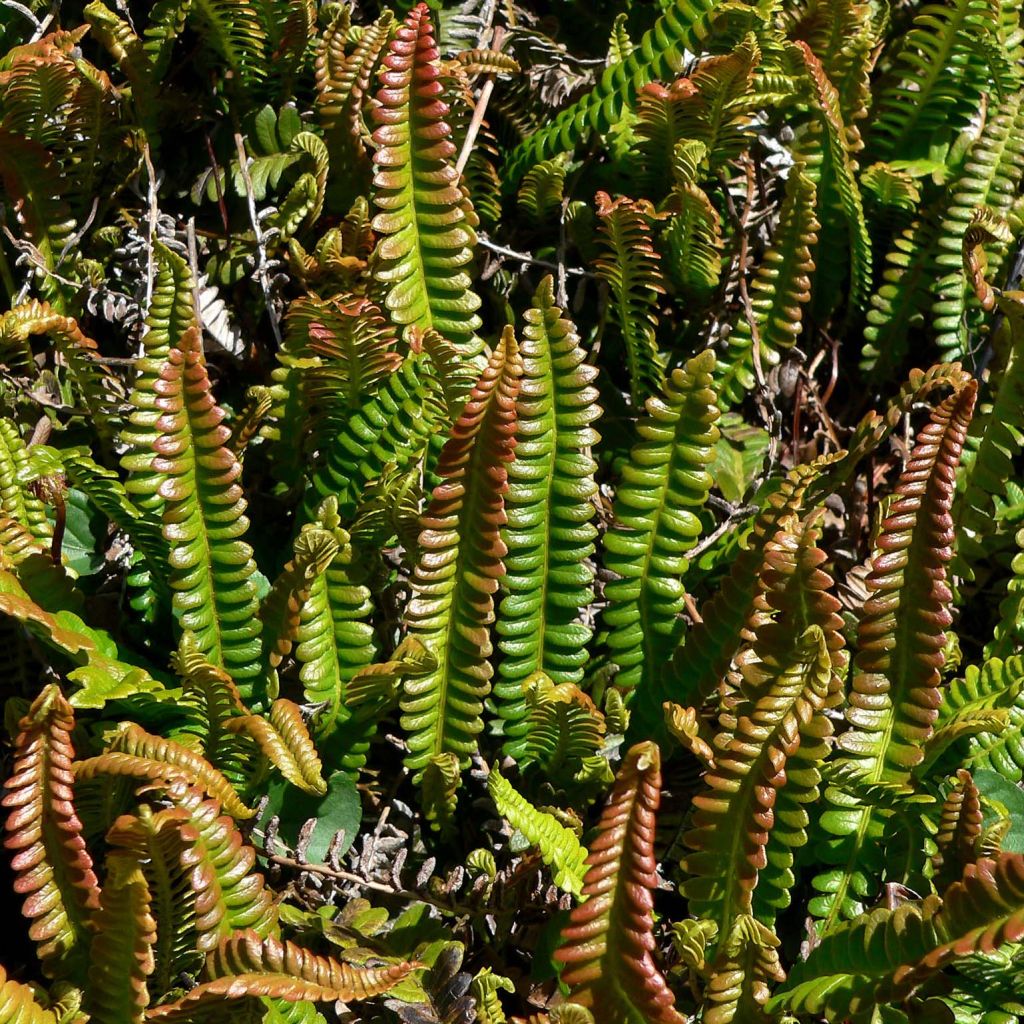

Blechnum penna-marina - Alpine Water Fern
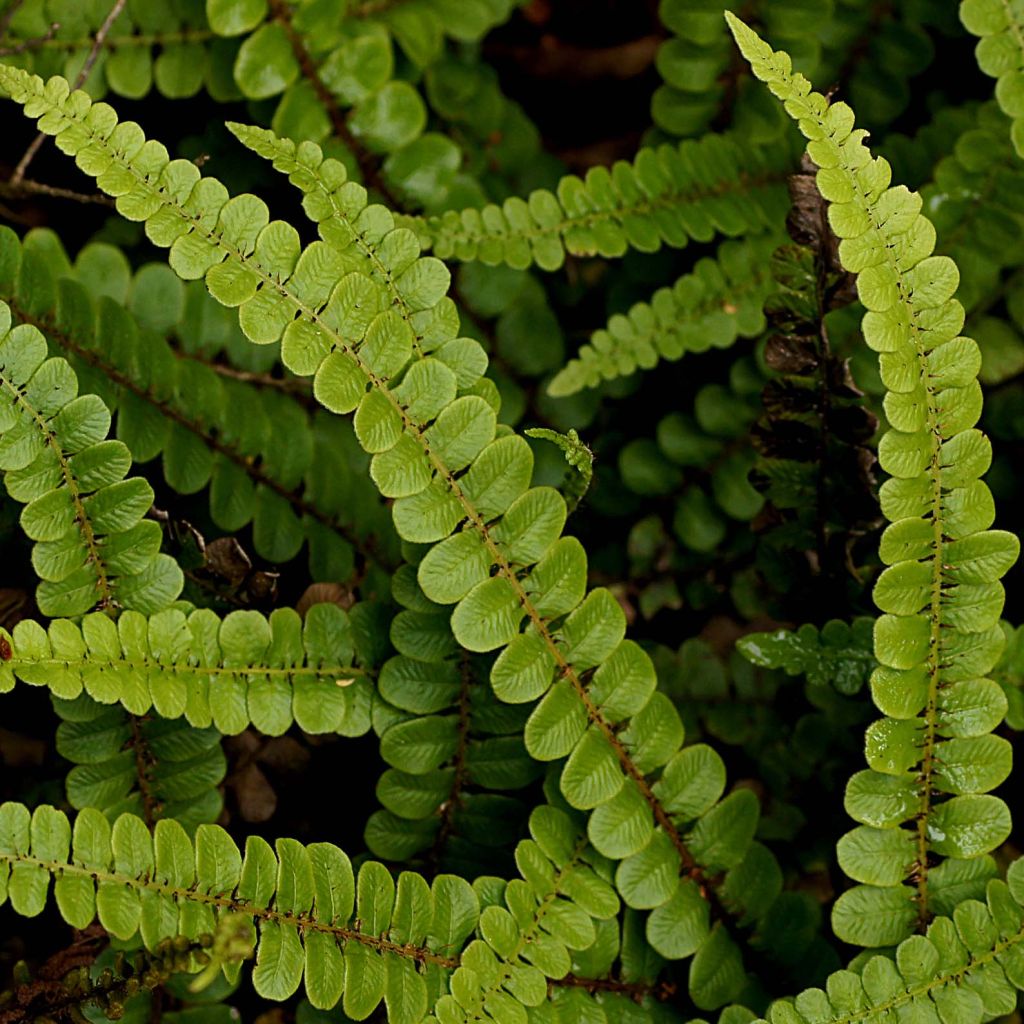

Blechnum penna-marina - Alpine Water Fern


Blechnum penna-marina - Alpine Water Fern
Blechnum penna-marina - Alpine Water Fern
Blechnum penna-marina
Alpine Water Fern, Pinque, Hard Fern
The small ferns have arrived in good condition, they seem to be recovering well.
Aurélie, 30/05/2023
Special offer!
Receive a €20 voucher for any order over €90 (excluding delivery costs, credit notes, and plastic-free options)!
1- Add your favorite plants to your cart.
2- Once you have reached €90, confirm your order (you can even choose the delivery date!).
3- As soon as your order is shipped, you will receive an email containing your voucher code, valid for 3 months (90 days).
Your voucher is unique and can only be used once, for any order with a minimum value of €20, excluding delivery costs.
Can be combined with other current offers, non-divisible and non-refundable.
Home or relay delivery (depending on size and destination)
Schedule delivery date,
and select date in basket
This plant carries a 12 months recovery warranty
More information
We guarantee the quality of our plants for a full growing cycle, and will replace at our expense any plant that fails to recover under normal climatic and planting conditions.

Would this plant suit my garden?
Set up your Plantfit profile →
Description
Blechnum penna-marina is a hardy and creeping fern native to New Zealand and Australia, comfortable in moist to wet soils. This species forms a carpet of almost exclusively composed rosettes of linear sterile fronds, with a satin-like appearance and a beautiful dark green colour. They are evergreen, tough, and give a very clear appearance to the vegetation. This fern makes an excellent ground cover in wet humus-rich rockeries, in a sunny or very bright location.
Blechnum penna-marina is a plant of the family Blechnaceae, native to Oceania but also widespread in South America (Argentina, Chile) where it is commonly called Pinque or Punque. Its natural habitat consists mainly of wet, marshy, or waterlogged places, located in subalpine regions, where snow and frost are frequent.
This pretty little fern anchored on a creeping rhizome forms slightly loose rosettes of tough, narrow sterile fronds, divided into 2 rows of elongated pinnules, arranged like fish scales and of a dark green colour. These rosettes will not exceed 20cm (8in) in height, with a minimum span of 40 to 50cm (16 to 20in), much more over time. Then, in summer, the juvenile fronds appear in the centre of the clump, displaying a particularly bright green colour, tinged with pink and purple towards their tips. This species almost never produces fertile fronds and reproduces mainly vegetatively.
Less common than other species such as male and female ferns, this pretty creeping fern thrives on the edge of water points and sunny places where water constantly flows. It will easily settle in a damp and semi-shaded rockery, in soil with little limestone, or near a water point, in the company of Rodgersia, Petasites, silverweed, with its foot adorned with 'Chameleon' Houttuynia cordata. It is also a very romantic plant, perfect for filling the surroundings of a small waterfall or the mossy remains of a stone building, nestled in the hollow of the stones.
Blechnum penna-marina - Alpine Water Fern in pictures
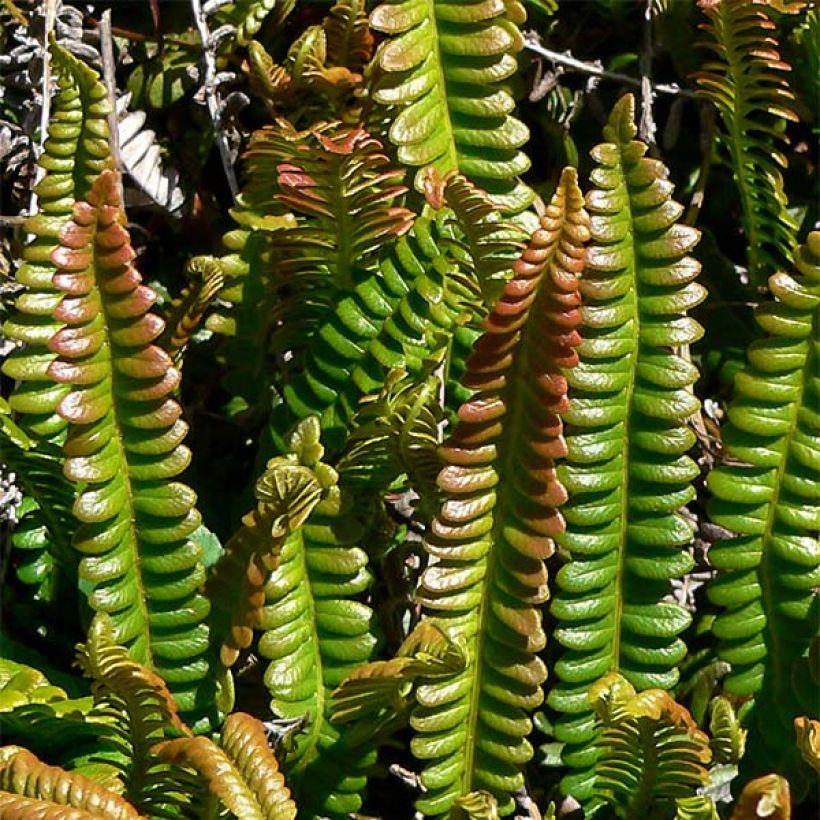

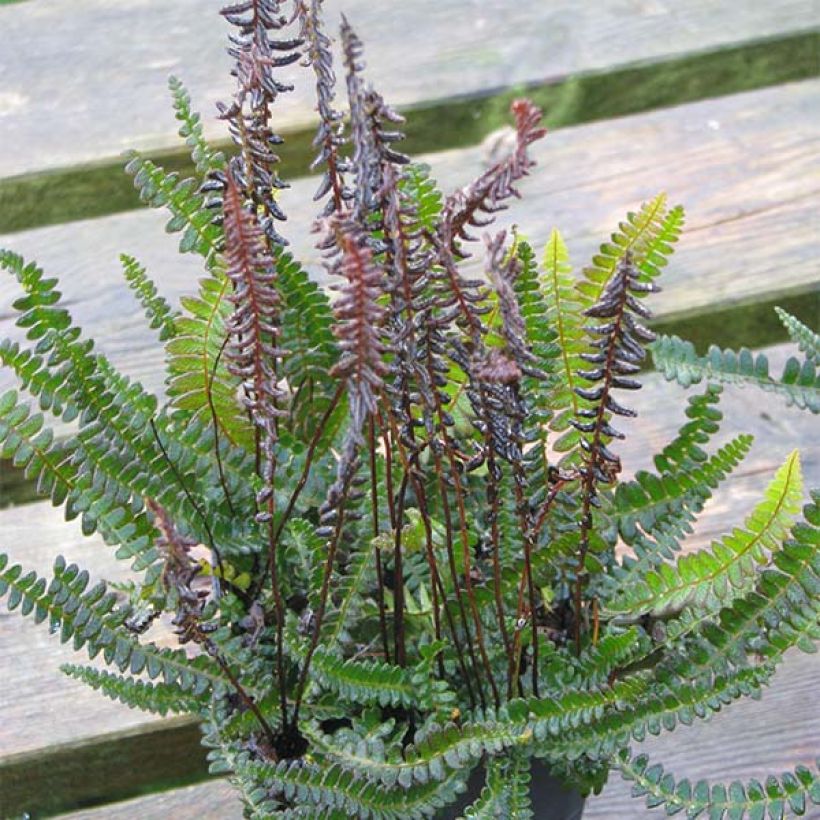

Foliage
Plant habit
Botanical data
Blechnum
penna-marina
Blechnaceae
Alpine Water Fern, Pinque, Hard Fern
Oceania
Other Blechnum
View all →Planting and care
Plant Blechnum penna-marina in spring or autumn, in a soil rich in humus, slightly calcareous or acidic, constantly moist or even waterlogged, in partial shade or in non-scorching sunlight. This species tolerates sunlight well if the soil is constantly moist, but it will be more vibrant in partial shade. It is not difficult to cultivate in a damp rockery, where it naturalizes easily. Although native to the southern hemisphere, this species requires a cool winter period and a climate with marked temperature fluctuations. A montane climate will suit it very well.
Planting period
Intended location
Care
Planting & care advice
-
, onOrder confirmed
Reply from on Promesse de fleurs
Similar products
Haven't found what you were looking for?
Hardiness is the lowest winter temperature a plant can endure without suffering serious damage or even dying. However, hardiness is affected by location (a sheltered area, such as a patio), protection (winter cover) and soil type (hardiness is improved by well-drained soil).

Photo Sharing Terms & Conditions
In order to encourage gardeners to interact and share their experiences, Promesse de fleurs offers various media enabling content to be uploaded onto its Site - in particular via the ‘Photo sharing’ module.
The User agrees to refrain from:
- Posting any content that is illegal, prejudicial, insulting, racist, inciteful to hatred, revisionist, contrary to public decency, that infringes on privacy or on the privacy rights of third parties, in particular the publicity rights of persons and goods, intellectual property rights, or the right to privacy.
- Submitting content on behalf of a third party;
- Impersonate the identity of a third party and/or publish any personal information about a third party;
In general, the User undertakes to refrain from any unethical behaviour.
All Content (in particular text, comments, files, images, photos, videos, creative works, etc.), which may be subject to property or intellectual property rights, image or other private rights, shall remain the property of the User, subject to the limited rights granted by the terms of the licence granted by Promesse de fleurs as stated below. Users are at liberty to publish or not to publish such Content on the Site, notably via the ‘Photo Sharing’ facility, and accept that this Content shall be made public and freely accessible, notably on the Internet.
Users further acknowledge, undertake to have ,and guarantee that they hold all necessary rights and permissions to publish such material on the Site, in particular with regard to the legislation in force pertaining to any privacy, property, intellectual property, image, or contractual rights, or rights of any other nature. By publishing such Content on the Site, Users acknowledge accepting full liability as publishers of the Content within the meaning of the law, and grant Promesse de fleurs, free of charge, an inclusive, worldwide licence for the said Content for the entire duration of its publication, including all reproduction, representation, up/downloading, displaying, performing, transmission, and storage rights.
Users also grant permission for their name to be linked to the Content and accept that this link may not always be made available.
By engaging in posting material, Users consent to their Content becoming automatically accessible on the Internet, in particular on other sites and/or blogs and/or web pages of the Promesse de fleurs site, including in particular social pages and the Promesse de fleurs catalogue.
Users may secure the removal of entrusted content free of charge by issuing a simple request via our contact form.
The flowering period indicated on our website applies to countries and regions located in USDA zone 8 (France, the United Kingdom, Ireland, the Netherlands, etc.)
It will vary according to where you live:
- In zones 9 to 10 (Italy, Spain, Greece, etc.), flowering will occur about 2 to 4 weeks earlier.
- In zones 6 to 7 (Germany, Poland, Slovenia, and lower mountainous regions), flowering will be delayed by 2 to 3 weeks.
- In zone 5 (Central Europe, Scandinavia), blooming will be delayed by 3 to 5 weeks.
In temperate climates, pruning of spring-flowering shrubs (forsythia, spireas, etc.) should be done just after flowering.
Pruning of summer-flowering shrubs (Indian Lilac, Perovskia, etc.) can be done in winter or spring.
In cold regions as well as with frost-sensitive plants, avoid pruning too early when severe frosts may still occur.
The planting period indicated on our website applies to countries and regions located in USDA zone 8 (France, United Kingdom, Ireland, Netherlands).
It will vary according to where you live:
- In Mediterranean zones (Marseille, Madrid, Milan, etc.), autumn and winter are the best planting periods.
- In continental zones (Strasbourg, Munich, Vienna, etc.), delay planting by 2 to 3 weeks in spring and bring it forward by 2 to 4 weeks in autumn.
- In mountainous regions (the Alps, Pyrenees, Carpathians, etc.), it is best to plant in late spring (May-June) or late summer (August-September).
The harvesting period indicated on our website applies to countries and regions in USDA zone 8 (France, England, Ireland, the Netherlands).
In colder areas (Scandinavia, Poland, Austria...) fruit and vegetable harvests are likely to be delayed by 3-4 weeks.
In warmer areas (Italy, Spain, Greece, etc.), harvesting will probably take place earlier, depending on weather conditions.
The sowing periods indicated on our website apply to countries and regions within USDA Zone 8 (France, UK, Ireland, Netherlands).
In colder areas (Scandinavia, Poland, Austria...), delay any outdoor sowing by 3-4 weeks, or sow under glass.
In warmer climes (Italy, Spain, Greece, etc.), bring outdoor sowing forward by a few weeks.































